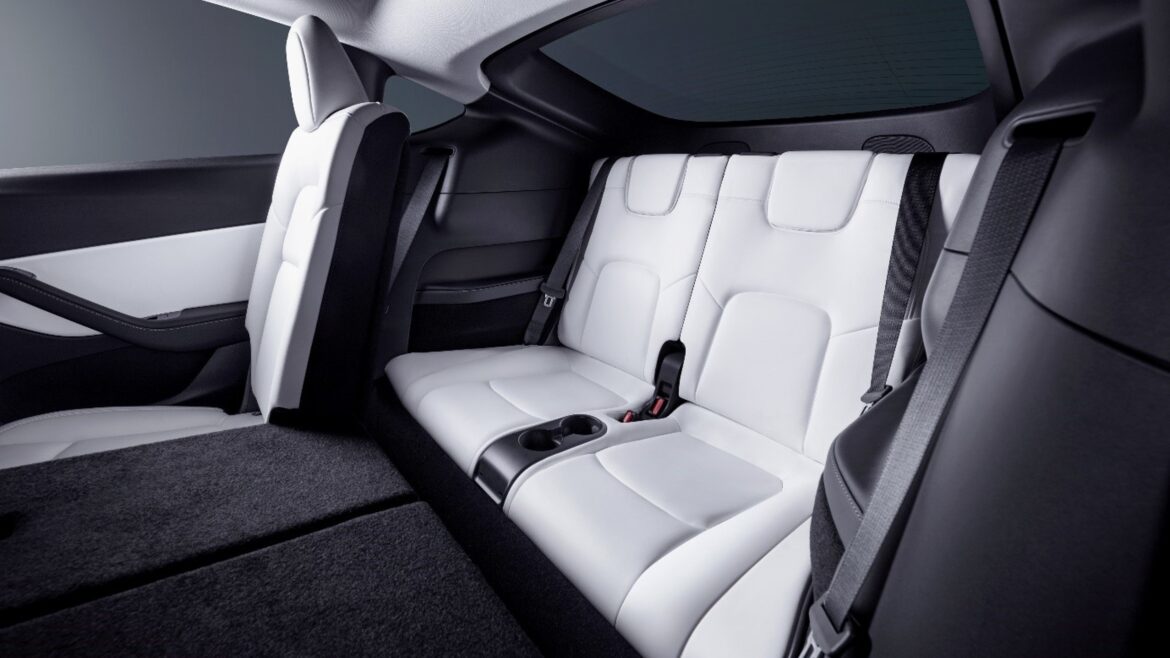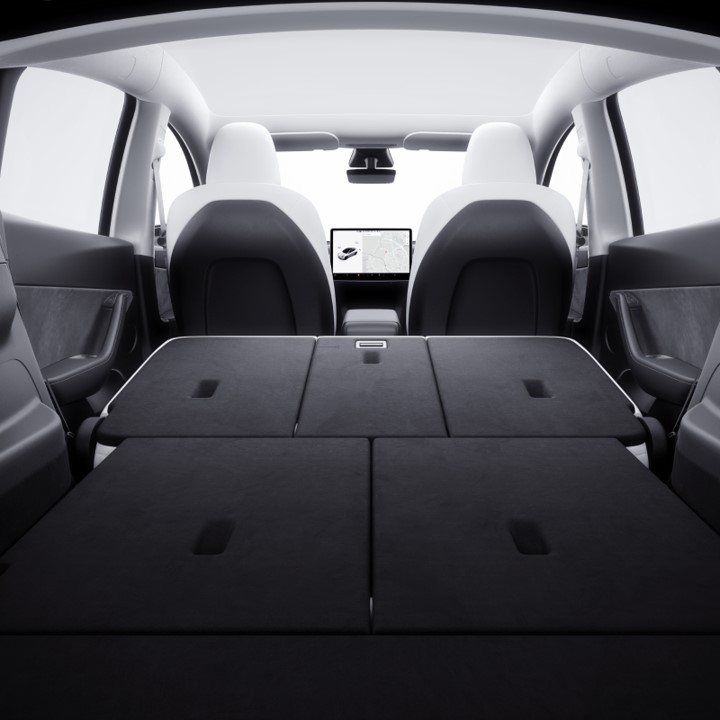The new shape Model Y Standard delivers 314 miles range with Tesla’s signature efficiency, design, and technology.
A refreshed exterior brings new front and rear bumpers (light bar removed) and a clean closed roof design. It comes with 19” Crossflow wheels and Stealth Grey paint as standard, with Pearl White and Diamond Black as an optional extra.
Inside are new durable textile seats with vegan leather, a 15.4” touchscreen, dual wireless chargers, heated seats and steering wheel, and smart Cybertruck inspired storage makes the cabin practical and modern.
Safety features like Active Emergency Braking, Lane Departure Avoidance, and a reduced top speed and acceleration, help to achieve the lowest ever insurance group for a Model Y (group 34).
Deliveries and test drives begin January 2026.


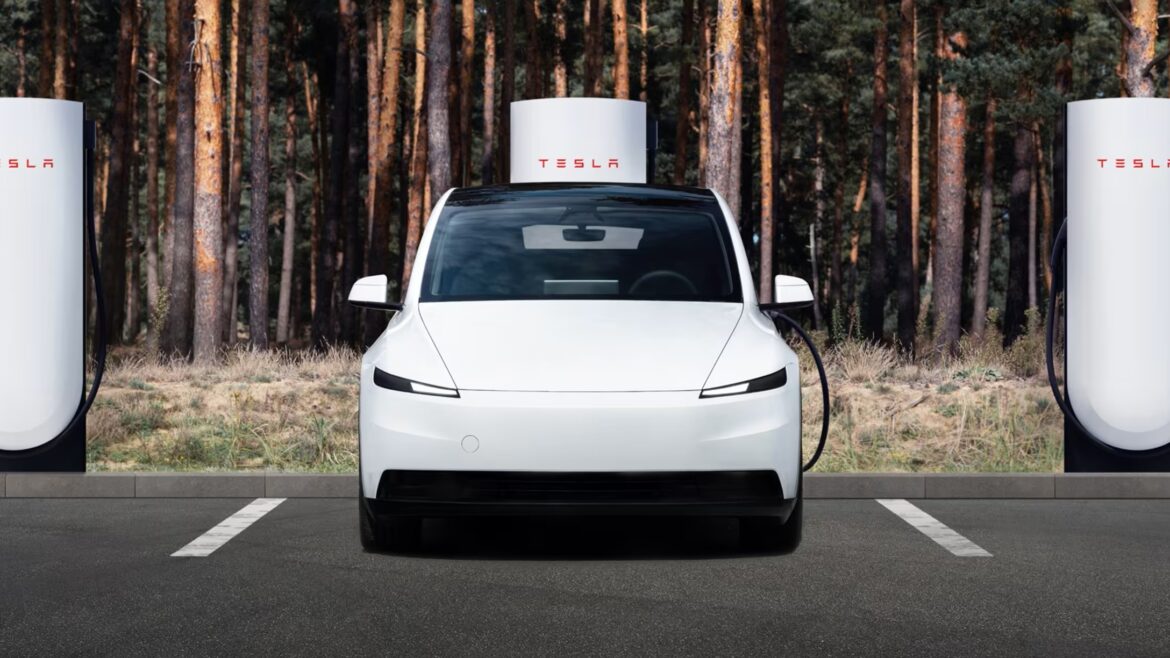

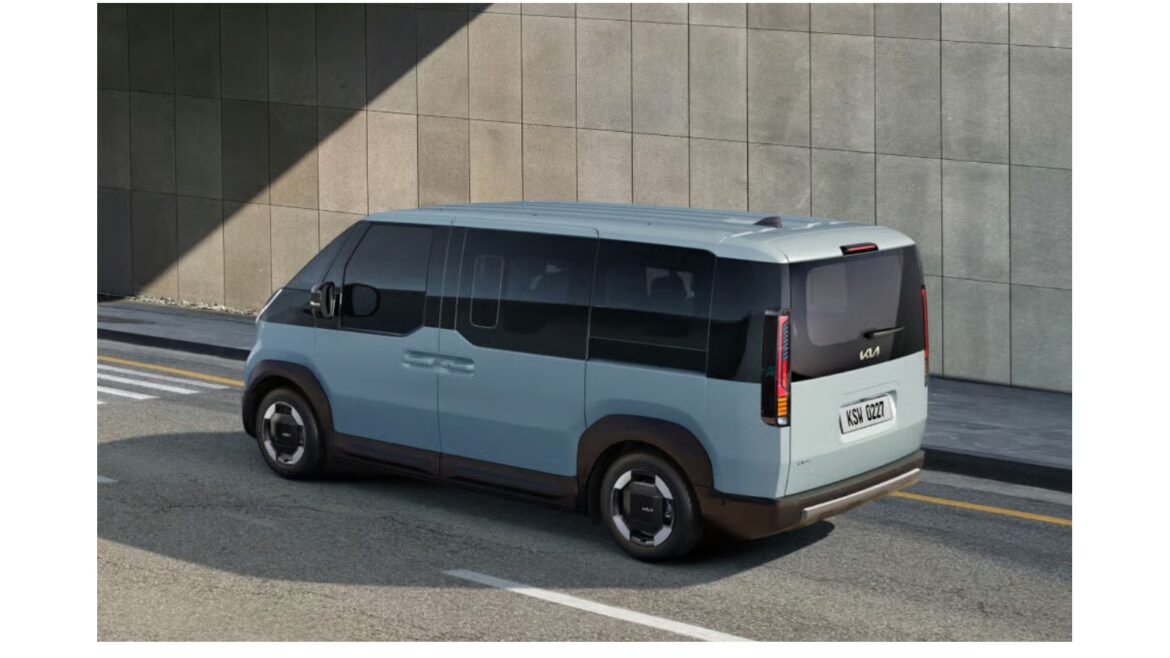



 *Deal based on £2,454+Vat initial payment followed by 35 payments of £409+Vat
*Deal based on £2,454+Vat initial payment followed by 35 payments of £409+Vat


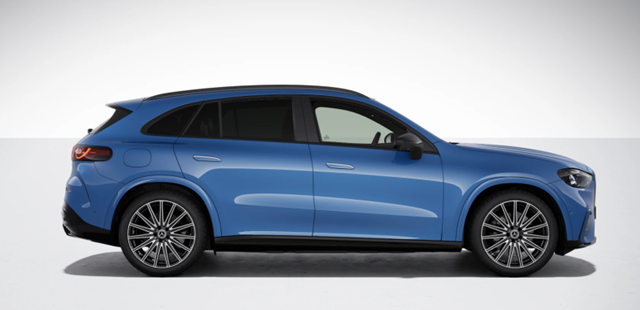
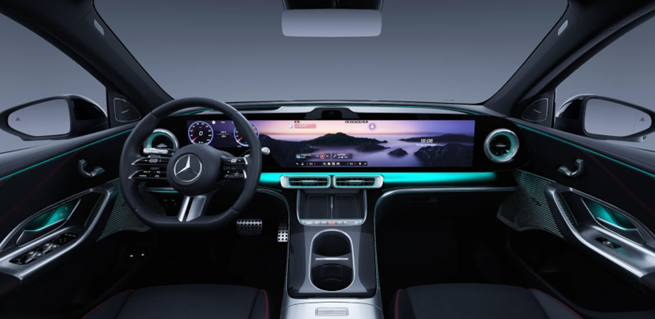


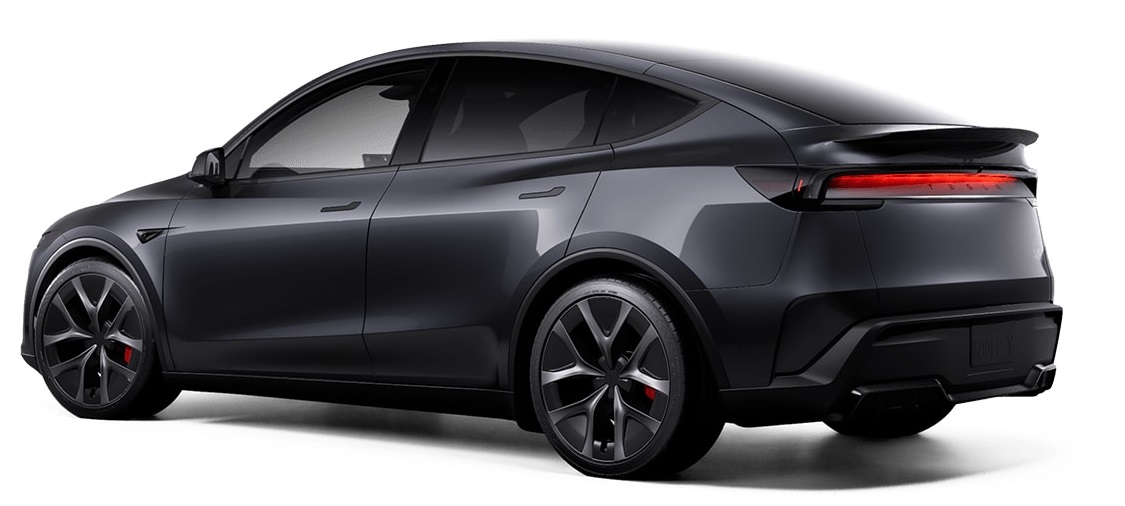 The updated front and rear bumpers, carbon fiber splitter and spoiler, and bold 21-inch Arachnid 2.0 alloys give it a dominant presence and refined appearance. The front suspension geometry has also been altered to minimise disturbances from road imperfections and provide more predictable steering.
The updated front and rear bumpers, carbon fiber splitter and spoiler, and bold 21-inch Arachnid 2.0 alloys give it a dominant presence and refined appearance. The front suspension geometry has also been altered to minimise disturbances from road imperfections and provide more predictable steering.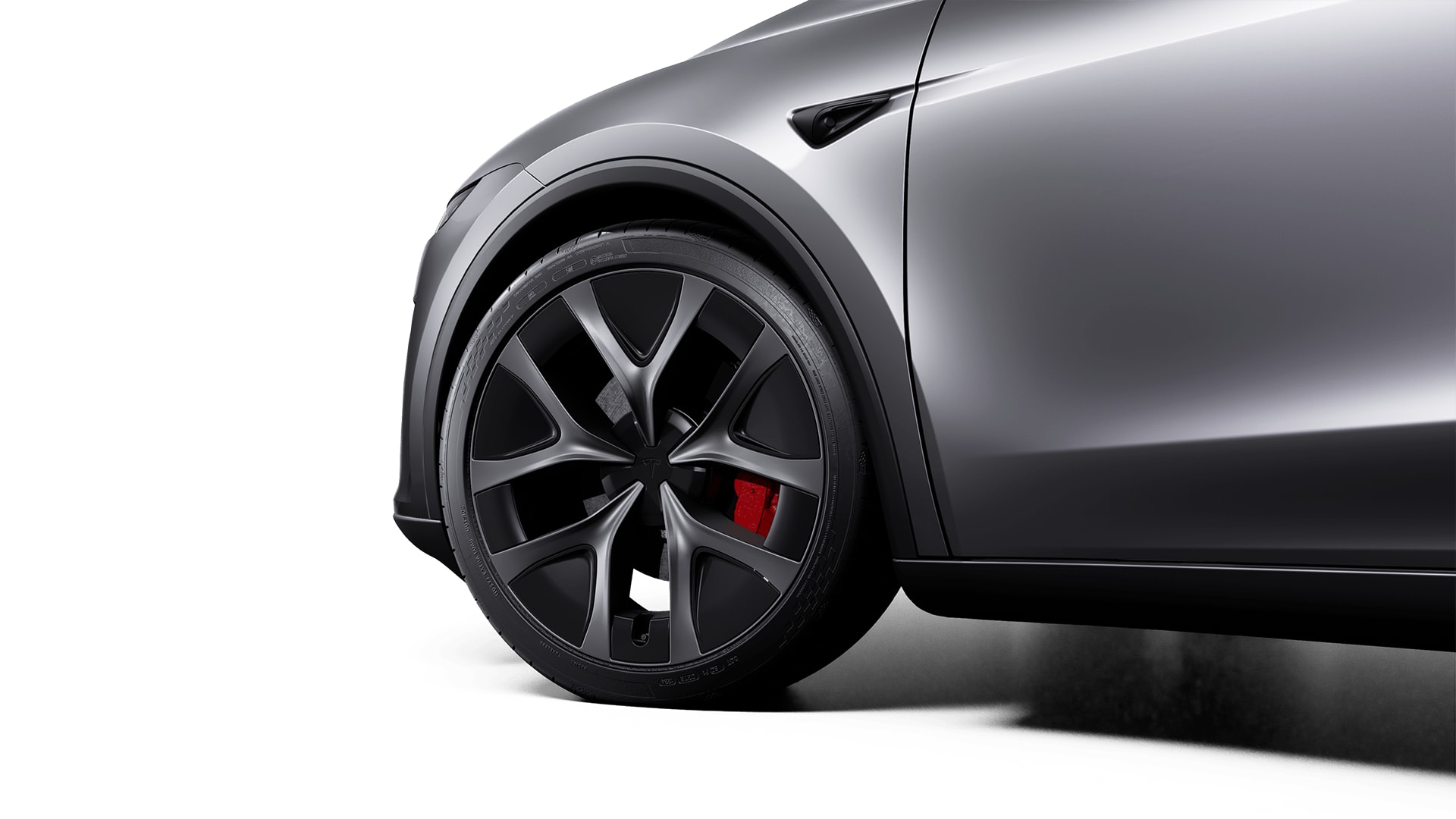 Inside, Tesla introduces new performance seats with enhanced side cushions, bolsters, and adjustable thigh support for a more dynamic driving feel along with sleek carbon fiber interior trims. The new 16-inch First-Row QHD touchscreen display is also said to be Tesla’s ‘highest-resolution’ panel yet.
Inside, Tesla introduces new performance seats with enhanced side cushions, bolsters, and adjustable thigh support for a more dynamic driving feel along with sleek carbon fiber interior trims. The new 16-inch First-Row QHD touchscreen display is also said to be Tesla’s ‘highest-resolution’ panel yet.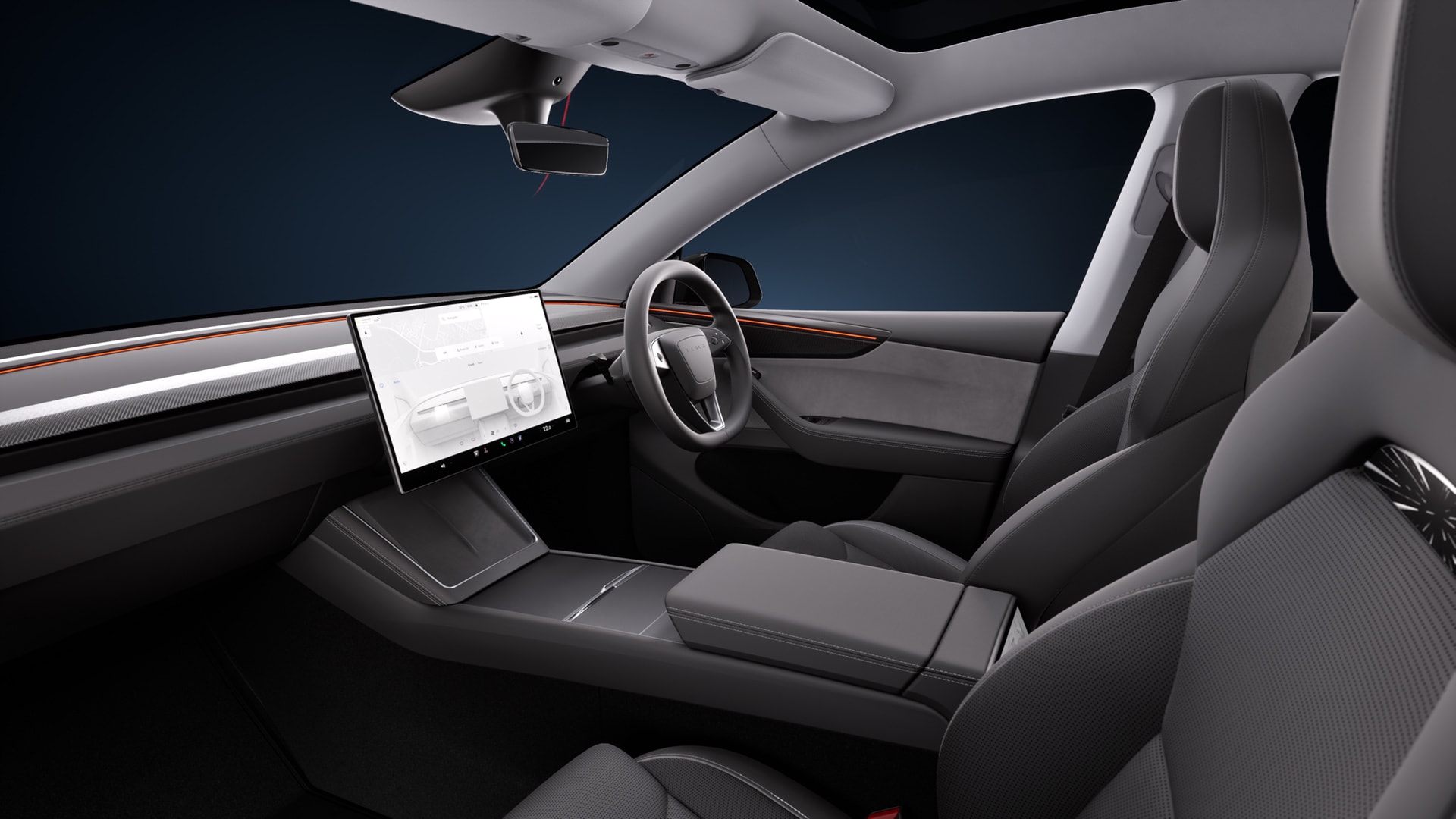
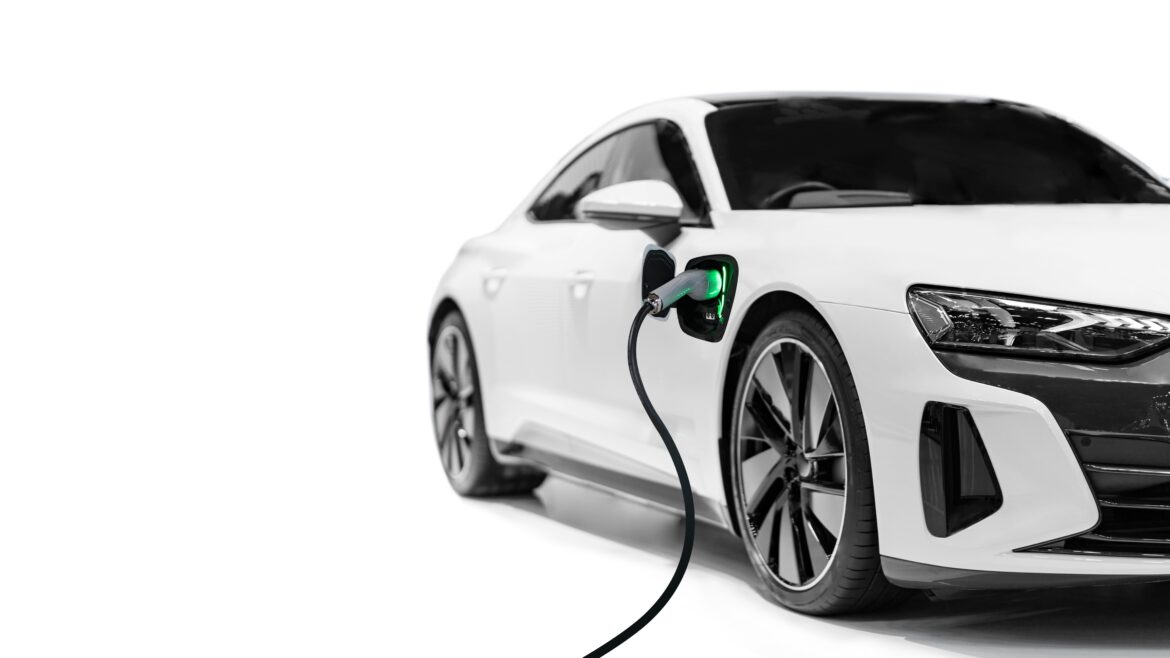
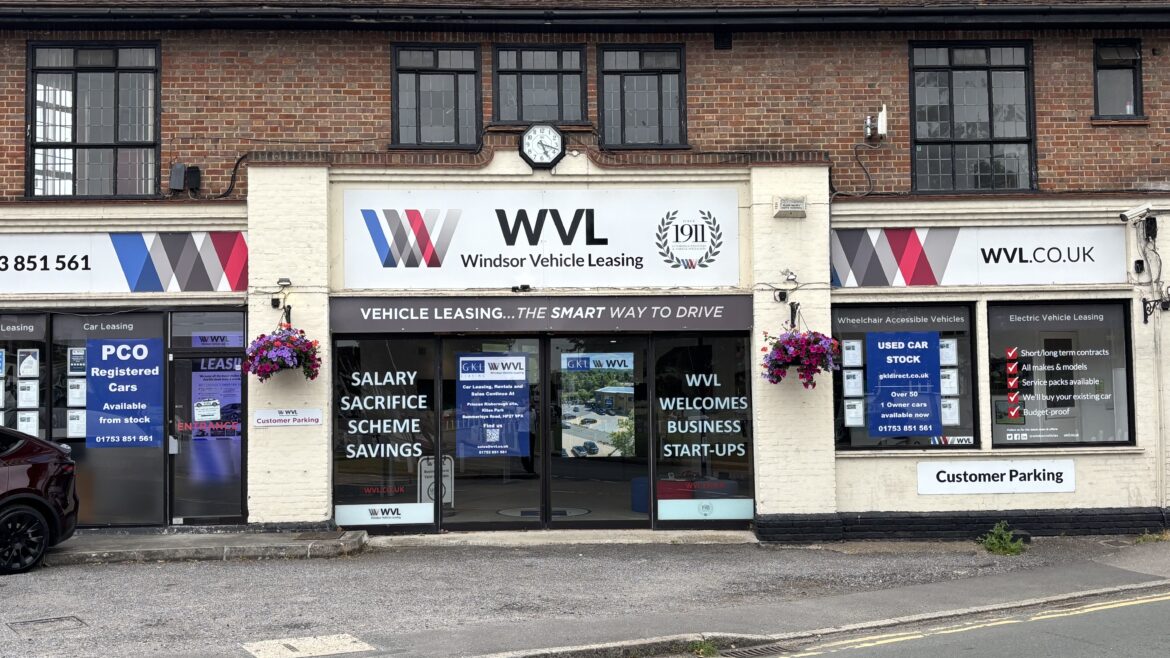
 Get your Business Lease quote today or arrange a meeting at Datchet or Princes Risborough.
Get your Business Lease quote today or arrange a meeting at Datchet or Princes Risborough.